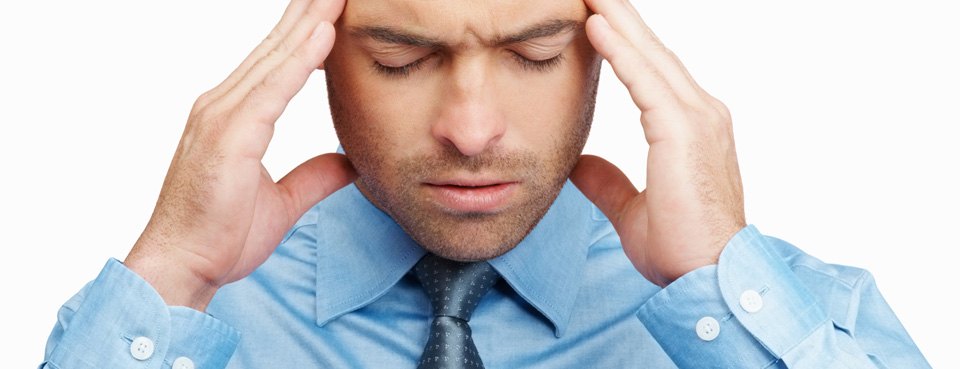Headaches are a common and everyday complaint that people of all age groups suffer from with an estimated 50% of the world’s entire population having experienced some form of headache within the last year.
There are many forms of headache, including neck related headache. We discuss the cause, symptoms and management of cervicogenic headache.
Understanding the neck
The cervical spine is made up of 7 levels or vertebrae (C1-C7) stacked one on top of the other with a disc in between each level (except for the first two levels). The first vertabrae sits at the base of the skull and the subsequent vertebrae are arranged in such a way that a backward C shape or curve is formed (lordotic curve). The cervical spine can be divided into three major parts; the upper neck which consists of the first two vertebrae (C1-C2), the middle neck which consists of the next four vertebrae (C3-C6) and the lower neck which consists of the last cervical vertebrae (C7). This is important because each part of the neck is slightly different in terms of the structure of vertebrae, ligaments and orientation. For example, the unique orientation of the first and second vertebra (upper neck) combined with its lax ligaments allow a high degree of rotation or turning of the head compared to the lower neck.
The neck is a very busy area. There are so many structures linked to the neck, for example muscles that help in breathing attach to the vertebra in your neck, blood vessels and nerves running to and from the brain pass through the neck, muscles that provide control to the shoulder and middle back also attach to the neck and let’s not forget all the structure in the neck themselves such as the ligaments, discs etc. So there are a large potential of sources of neck pain and cervicogenic headache.
So what causes a cervicogenic headache (neck related headache)?
It is widely believed that upper part of the neck (the upper 2-3 vertebrae) is responsible for cervicogenic headaches. Specifically, the joints on the side of the upper vertebra (facet joints) are often implicated as the source of referred pain. Under normal circumstance these joints move freely allowing normal upper spine function. When there is injury to the muscles, ligaments and other structures around the neck or some sort of dysfunction affecting the mechanics of the spine, the facet joints can become restricted causing irritation to the nerves which produce the headache.
Signs and symptoms of cervicogenic headaches
There are many signs and symptoms of cervicogenic headache. These include but are not limited to;
- Stiffness and decreased movement in the neck.
- Associated injury to the neck e.g. whiplash or sporting injury or onset of headache in relation to a specific neck position e.g ‘poked neck’ posture when sitting at a desk.
- Pain usually starts at the base of the skull and radiates to the front of the head.
- Headache is usually on the same side of the head and won’t change sides between episodes.
- Arm or shoulder pain.
- Pain is usually moderate in severity and is ‘non-throbbing’.
- Can have some associated dizziness, nausea, blurred vision.
What can physiotherapy do for your neck related headache?
A thorough assessment and examination is necessary to identify whether the headache is coming from the neck and to rule out more serious pathologies. Several high quality studies support the implementation of an individually based physiotherapy management program comprised of the following:
Manual Therapy
This includes things such as joint mobilisations and massage therapy. Studies have shown that manual therapy in Cervicogenic headache has an effect comparable to commonly used prescription medications for tension-type headache and migraine headache.
Exercise
Several studies have demonstrated that in pain states such as headache, the deep neck muscles which help provide stability and control around the neck are often inhibited. Thus exercises aimed at activating these muscles are necessary. Additionally strength and endurance type exercises of the neck are also beneficial.
Posture Correction
Neck related headache is often associated with poor posture where the neck pokes forward and shoulders are rounded and slumped. Facilitating the correction of this posture is necessary to unload the joints and muscles around the neck.
Stretches
Gentle neck stretches to address poor muscular flexibility is necessary to optimise correct neck function.
Advice
Advice regarding optimising your workstation and sleeping position will also form part of your management program. Identifying and providing advice regarding issues causing stress is also important (stress has been identified as the major precipitating factor to neck related headaches).
If you are suffering from a headache or want more information on cervicogenic headaches or neck related injury management contact one of the physiotherapists at Jubilee Sports Physiotherapy.






















